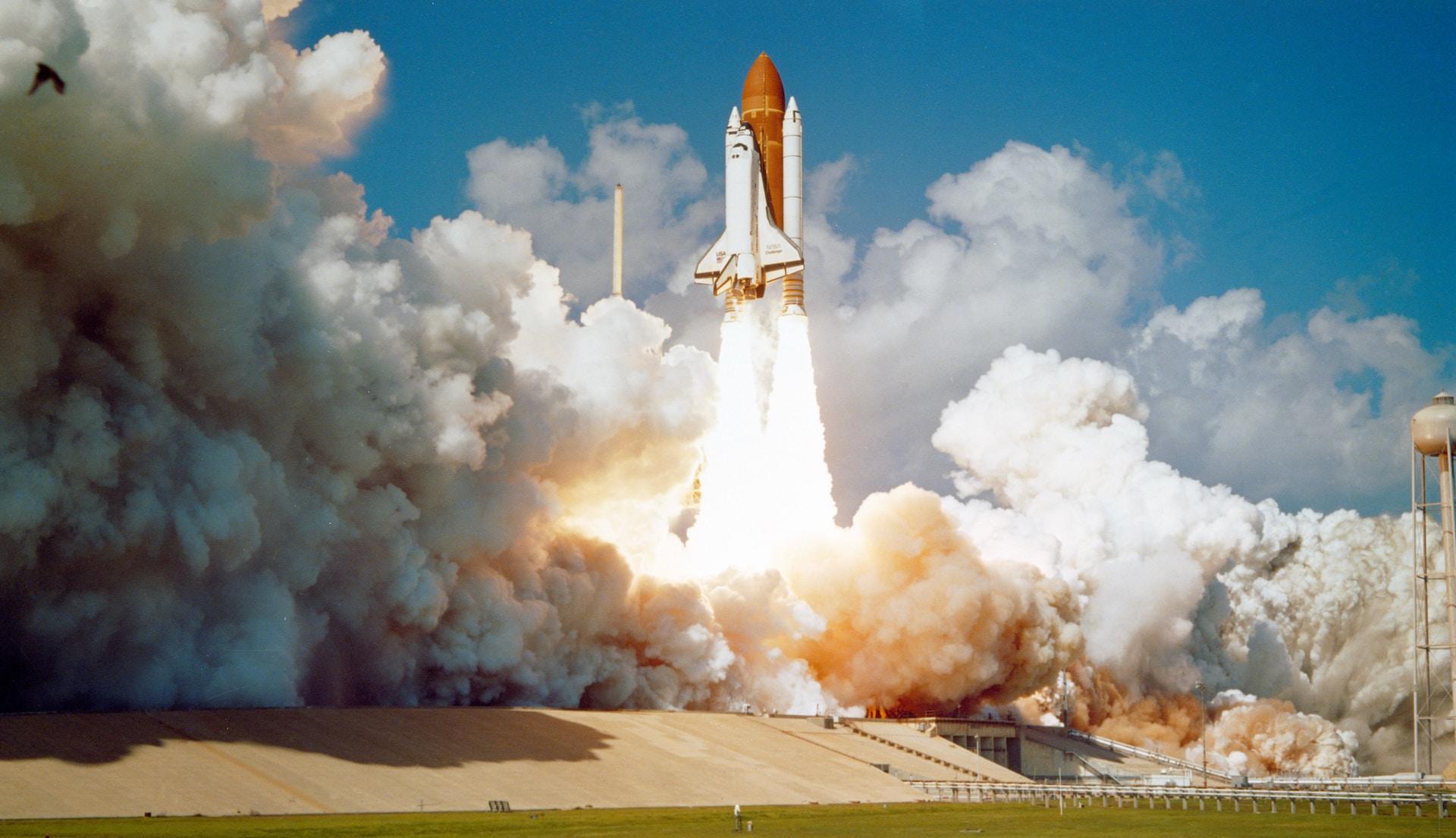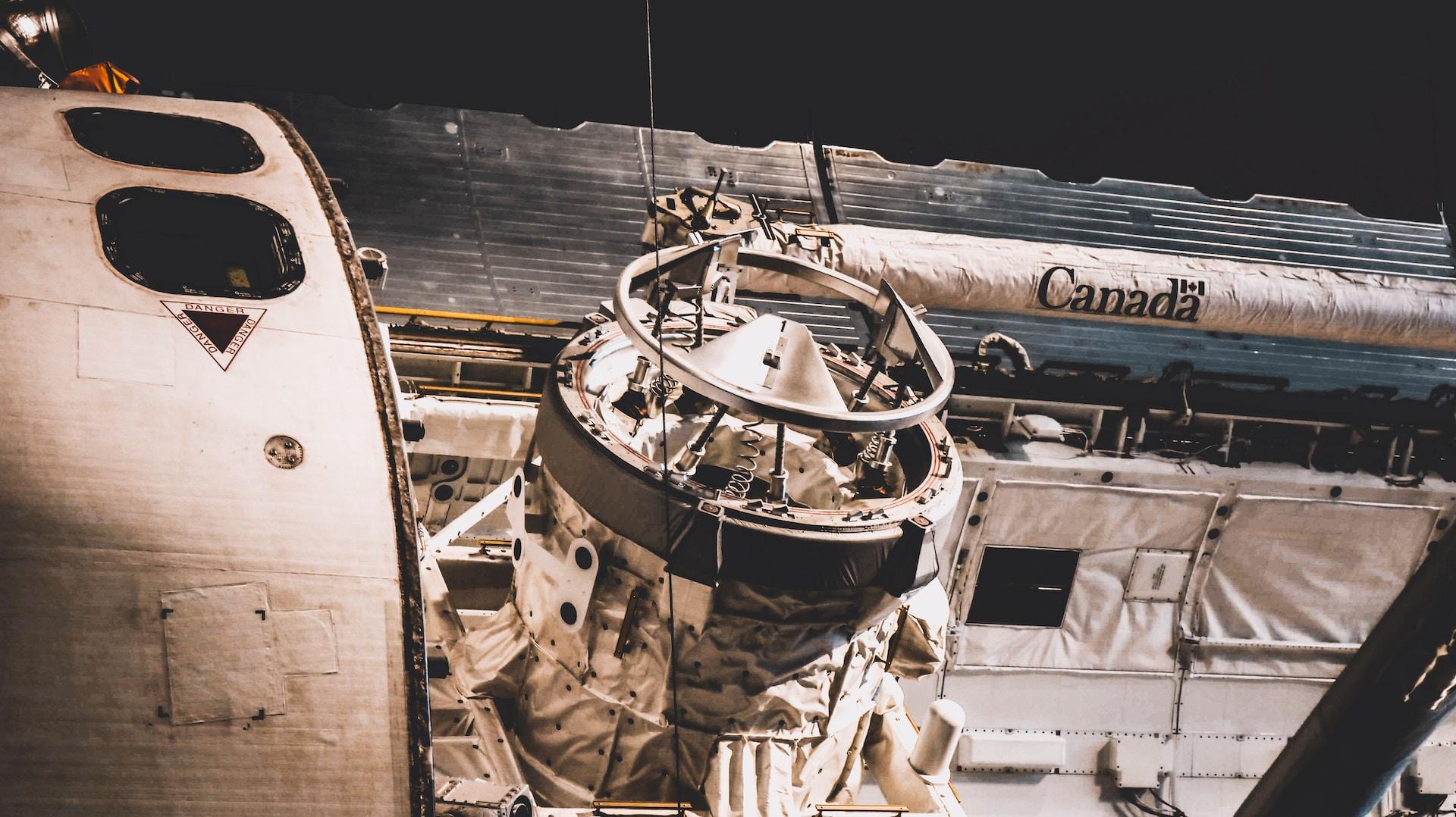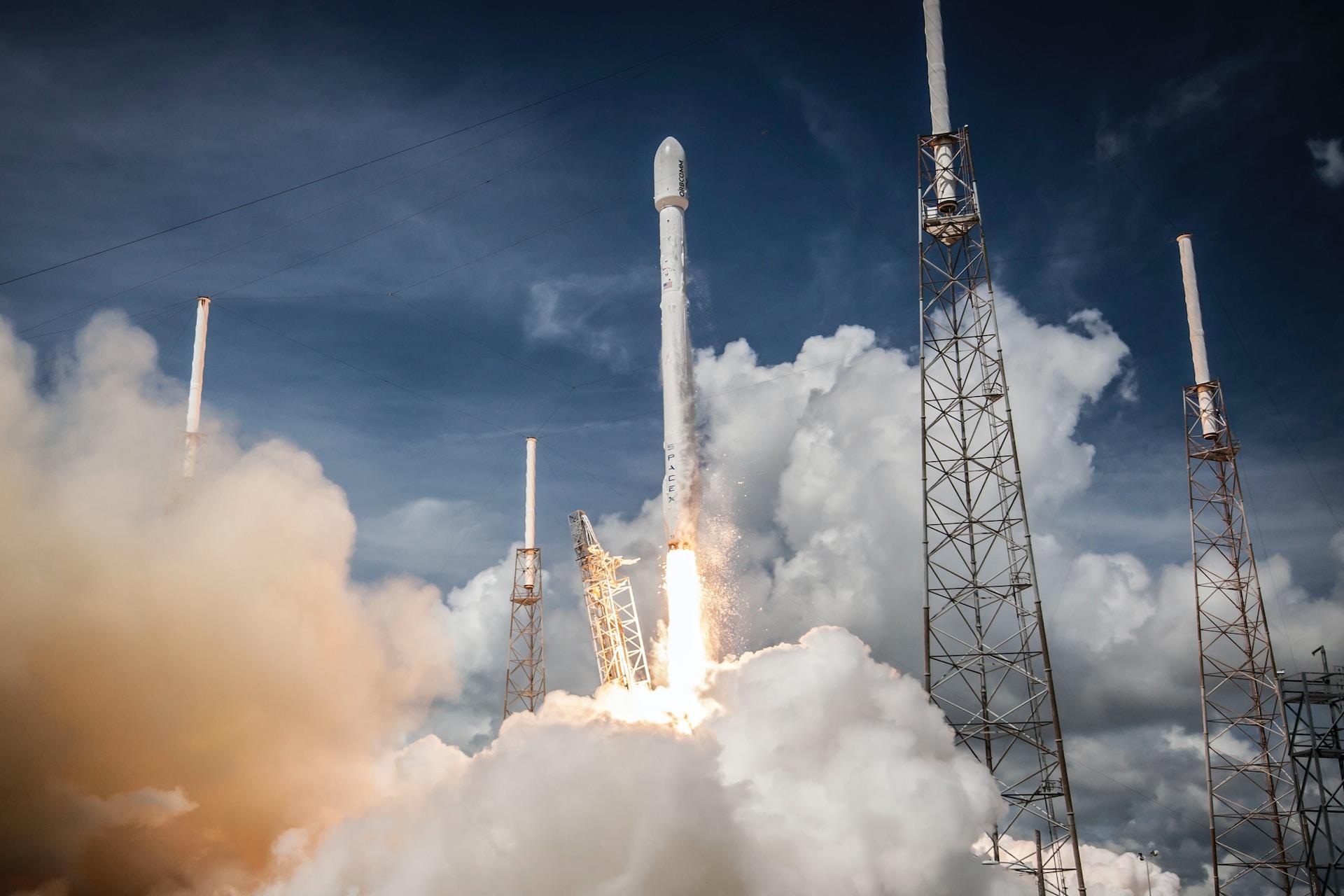Let's play a thought exercise. You have everything you need and have ever wanted. You also have more money than you could spend in several lifetimes. What do you do with all your cash?
A lot of billionaires engage in philanthropy. Bill Gates might be the most renowned example of such but he's by far not the only one. Most engage in work that inspires them. The Chinese billionaire Chen Yidan left the company he co-founded to dedicate his time and money to education initiatives.
When you have the security of limitless resources, you don't have to worry about where your next meal will come from or how to pay your rent. You can afford to envision touching the stars and building a home in space. After all, you probably already have plenty of homes on Earth.
Today, Superprof talks about three such billionaires. We'll discuss whether they're visionaries and tech geniuses, or if they're just after the next big thing. And then, we'll talk about the commercial space industry and what its aims are. Hint: it's about more than private rocket ships.

Money Flying Around in Space
Most people peg the date of commercial space activity - that is, space for profit, somewhere in the early 2000s. Sir Richard Branson founded Virgin Galactic in 2004 and debuted The Spaceship Company soon after. Its main function is to design commercial spaceships. It will also launch spacecraft when space travel becomes commonplace.
Elon Musk founded SpaceX two years before Virgin Galactic debuted. His goals may be the most ambitious; he plans on colonising Mars. For now, the company earns its keep by launching satellites. Starlink, a SpaceX subsidiary, provides satellite-based internet access.
Blue Origin got its start two years before SpaceX. In 2000, Jeff Bezos rebranded himself as an aerospace manufacturer, building rockets and other spacecraft. Blue Origin is also a launch service provider and an American government contractor.
The National Aeronautic and Space Administration (NASA) awarded Blue Origin a multimillion-dollar contract in 2009 to develop technologies for future human space flight. Messrs Musk and Bezos engaged in a public battle over access to government funds. Perhaps, in retrospect, NASA was wise in not dividing the work between the two companies.
But commercial space activity predates even Blue Origin. Corporations and governments have been profiting from space commerce for decades. Telecommunication satellites, internet infrastructure and national defence (surveillance) equipment have generated millions in revenue each year. So have global positioning satellites - GPS.
Only recently has technology advanced so far as to consider sending humans into orbit for fun and profit. Space tourism is set to become the next big thing in space, paving the way to greater commercial interests. So far, nine civilians have experienced Low-Earth Orbit (LEO) weightlessness. If these and other private companies have their way, space will become as common a holiday destination as France or Portugal.

Beginning of Commercial Space Flight
Since the 1960s, when NASA fired imaginations with its moon landing, government agencies commanded and led space exploration. Early Space Race initiatives revolved around competition and national pride. Scientific enquiry and public interest underpinned those Cold War tensions.
But government agencies have trouble justifying massive budgets for space exploration when the returns are so small. After all, it's all fine and well to study moon rocks but what tangible and immediate good does that do? And then, a series of high-profile spacecraft disasters led to public outcry. Over time and particularly when the Cold War ended, governments cut funding for space exploration.
Cooperation among different nations' space agencies became the key to continued space exploration. The International Space Station (ISS) began operations in November 1998. It is a LEO research lab that explores astrobiology, meteorology and physics, among other disciplines.
The ISS underscored public space research as a scientific endeavour meant to promote the greater good. But then, a wealthy American entrepreneur paid $20 million to spend one week aboard the ISS. He claimed it would help his enterprise; how much of that was true is unknown. In 2001, Dennis Tito became humanity's first space tourist.
Since then, 12 more civilians have bought passage to the ISS, at an estimated half-million dollars a 'ticket'. The Russian Soyuz rockets are the only vehicles to make that trip because the US had retired its Space Shuttle program in 2011. Imagine the earnings!
Is this where our three space-faring billionaires got their idea for space tourism? Whether they wanted to get in on Russian rocket's gains or realise financial gains possibilities on their own, we'll never know. We can say that commercial space travel initiatives took off around that time (pardon the pun).

Growing Space Opportunities
As noted above, so far, most of the economic benefit from space comes from space-for-Earth ventures. That is satellites for communications and broadcast television. Global positioning satellites (GPS) contribute to the space economy, too. And we have defence satellites; they cost much less than any defence infrastructure on Earth.
Lately, there's been a lot of talk about mining asteroids or the moon. Some for-profit space companies have mentioned space hotels and habitats, and rocket fuelling outposts. Mr Musk wants to put a greenhouse on Mars and eventually build a colony. These are all space-for-space ventures.
As yet, none have come to fruition but that may be about to change. Government space programs around the world will likely continue scientific exploration but commercial ventures will drive the economic space boom. Right now, governments don't seem inclined to place limits on SpaceX or Blue Origin. Indeed, the US government subsidises those companies' endeavours.
The US government is commercial space companies' biggest (only!) customer but that might change soon, too. Made in Space, Inc is an American engineering company that specialises in space-for-space manufacturing. In 2011, this company proved its 3D printer could work in zero gravity.
NASA recognised the potential immediately. Imagine ISS needing a tool or a new part to repair the ageing structure. Instead of having to wait for the next scheduled rocket docking, the crew could print what they need themselves.
Made in Space's mission is to enable multi-planetary human settlements. With a zero-gravity 3D printer at hand, settlers can print all the tools and structural elements they need. To prove that last point, consider that NASA recently awarded Made in Space a $74 million contract to print long metal beams in space.
This competition for lucrative contracts defines the modern Space Race. Space tourism may prompt the most visible - and the most enticing space news. Public Musk-Bezos spats may be the most titillating. But engineering feats like zero-gravity printing is what will drive commercial space ventures forward.

Politics and Space Tourism
Most of this article talks about innovations in American commercial space ventures. That's because other countries with space programs keep a tighter rein on capitalist ventures, particularly their regulation. Besides, the US dominates the private space business - though their market share has dropped a bit, of late.
In a sense, governments in countries with private space enterprises are caught between two difficult positions. They must consider the economic and scientific benefits of private space exploration. But they mustn't let space commerce devolve into the type of monopolistic fight for supremacy.
For centuries, rich, seafaring nations have plundered and colonised those who lacked such technology and opportunity. We've not yet begun to contemplate the full impact of our history, let alone made reparations.
Governments must consider their citizens' safety and needs. That means prioritising budget items that will deliver the maximum benefit to the people. We might argue that space exploration is such a benefit. After all, if it weren't for NASA and the Defense Advanced Research Projects Agency (DARPA), we might not have an internet.
But their funding is limited and they must spend public monies wisely. By contrast, commercial enterprises are free to accept investments. And government subsidies help pay for technological advances in spacecraft.
Still, the Wild West days of space exploration recall past Wild West ventures. How The West Was Won isn't so much an epic tale of fortitude and courage as it is one of dominance and subjugation.
As the new Space Race heats up, global governance organisations such as the United Nations (UN) must step up. The 1967 Outer Space Treaty doesn't address modern technologies and ideas. It says nothing about the economic bounty that space travel promises, nor does it say much about space hegemony.
However, it does present a solid legal framework to build on. It states that no nation may lay claim to space and that nations must take responsibility for their space activities. Best of all, it sets forth that any use of outer space must be for the benefit of all humankind. And that any exploration must be in the interests of all countries.
Concerning space commerce, the Treaty's first law is the most important. If space-faring nations heed these directions, the new Space Race might truly grow into being an equitable proposition.















